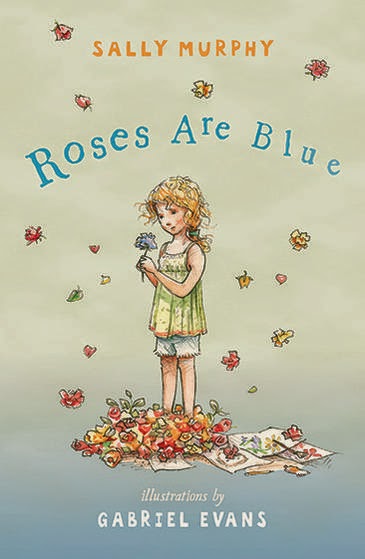I have a confession.
I love to make people cry! The good news is, I also like to make them laugh. And if they can laugh and cry at the same time that’s pretty good, too.
You see, as an author of books for children, I believe it’s my job to share stories which make readers feel. It’s when we care what happens to a character that we keep turning pages. If a story makes us laugh, or cry, or sigh, or even tremble with fear, then we are connecting with that story, and that’s a good thing.
Some of my stories, though, are on really sad topics. One is about a dying grandmother, one is about a boy with cancer, and my most recent one is about a girl whose mother has been terribly injured in a car accident. Not everyone who reads these stories cries, but loads of people do – and even I cry when I read them.
When I wrote Pearl Verses the World, I cried so much that I had to stop writing, and go and lie on my bed and sob. After I’d written it, and while it was being prepared for publication, all the adults who read it told me it made them cry: the publisher, the editor, the publicity officer -they all cried. I started to worry that maybe it was too sad. What if what I’d written was so sad that kids all over Australia cried when they read it? And what if that made their teachers and parents hate me for making their children cry?
What I found, though, after Pearl was published, was that not everybody cried. And that even those who did cry, smiled as well. Most even laughed. Because in amongst the sad bits are lots of happy and funny bits and, importantly, hope. Not everything that goes wrong in Pearl’s life can be fixed, but her world does get better.
In Toppling I tried to do this again: make sure that in amongst the really difficult times of caring for a sick friend, there is hope that things can get better. Most recently, in Roses are Blue, I’ve again worked hard to offer hope, this time for a girl who’s struggling to cope with her mother’s injuries. I hope I’ve succeeded.
Because, and here’s the whole point of this piece, sad stories are important.
They’re important because there are a lot of sad things happening in the world, and in children’s lives. Whether it’s death or illness, or war, or even the loss of a pet, we all have bad stuff happen in our lives. Reading stories about these things can help us to cope with our own bad stuff, or even help us to experience the kind of stuff that might happen in our friends’ or relatives’ or classmates’ lives.
At the same time, seeing that amongst this sad stuff, life goes on, and good things can happen too, is important. If Pearl, and John, and Amber (my three main characters) can find things to smile about, maybe we all can.
In the end, I want kids to be happy.
About the Author
Sally Murphy grew up loving books and kids, and loved both so much
that she became a children’s book author. She’s had over 35 books
published, including picture books, nonfiction, and popular verse novels
Pearl Verses the World and Toppling. Her newest book, Roses are Blue,
will be released on July 1.
When I was in
primary school I loved to read anything with words – but remember a
book called Mandy by Julie Edwards Andrew as a special favourite. I
also loved the Trixie Belden series, and the Chalet School series. More
recently, I have loved Glenda Millard’s Kingdom of Silk series and Sandy
Fussell’s Samurai Kids series.
You can visit Sally online at www.sallymurphy.com.au





Thank you Sally. This is a topic I've long been interested in - as you can see from the comments I made in Friday recap - week three.
ReplyDeleteHere's another quote from Finegan Kruckemeyer's excellent academic paper, The Taboo of Sadness (the link to the paper is in Friday's post) about sadness in children's literature:
"Sadness does not have to be the absolute in a work, the one emotion which will locate the entire piece – all of the plays I have listed before, with their sad moments, also include humorous scenes, and empowering scenes, and fast scenes, and languid scenes. So often sadness can be a state passed through in the unfolding of events. And even more than this, it can be the trigger for that unfolding. Because a tragic circumstance can in a narrative journey be quite the opposite of a negative: it can in fact be a call to arms.
Roald Dahl’s James wouldn’t have sailed away on his Giant Peach, had his parents not been gobbled up by a runaway rhinoceros on the first page. Maurice Sendak’s wolfish Max may not have sailed to Where The Wild Things Are, had he been getting on better with his mother that evening. Edward Ardizzone’s Tim could have left it to his parents to sail over to the robber-infested Light House if someone else had bothered waking, and investigated instead.
So often it is the sad event that cries for its victim to step up, to respond, to fight. Or more passively to consider, to reflect, to self-assess."